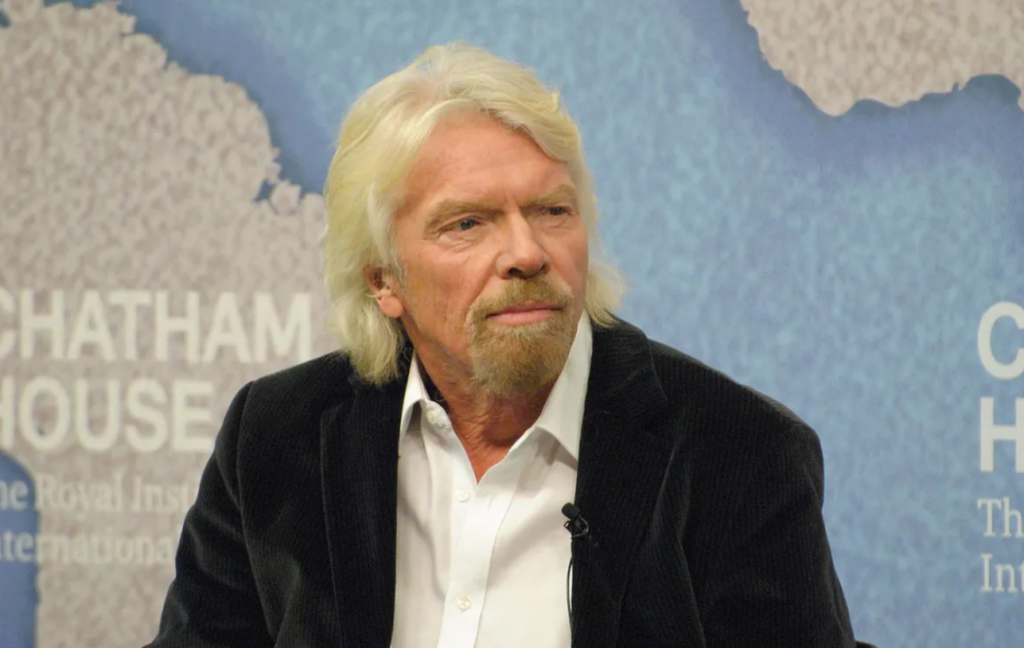Now Reading: Types of Alternative Energy for Homes and Apartments
-
01
Types of Alternative Energy for Homes and Apartments
Types of Alternative Energy for Homes and Apartments

As energy costs continue to rise and concerns about climate change intensify, many homeowners and renters are exploring ways to make their living spaces more sustainable. Alternative energy sources are no longer reserved for large corporations or remote eco-villages—they’re becoming more accessible for households of all types and sizes. Whether you live in a single-family home, a townhouse, or a city apartment, there are now a variety of renewable options that can reduce your dependence on traditional utilities while lowering your carbon footprint. Among the most popular choices, solar power leads the way, driven by rapidly improving technology and decreasing installation costs. Rooftop panels can supply a significant portion of a home’s electricity, and even renters can participate through community solar programs. Wind energy, while once limited to rural areas, is also gaining momentum thanks to smaller, quieter turbine designs suited for residential use. Geothermal systems, though requiring more upfront investment, offer incredible efficiency by tapping into the earth’s natural heat for both warming and cooling. For those in apartments or urban environments, micro-hydro units, air-source heat pumps, and biomass heating present additional possibilities. Each solution comes with its own challenges and benefits, but all share a common goal: transforming everyday living into a cleaner, more self-sufficient experience. Exploring these alternatives isn’t just about saving money—it’s about reshaping the way we think about energy, comfort, and responsibility within our homes.
As the world grapples with the twin challenges of climate change and energy security, the residential sector is emerging as a key front in the shift toward renewable energy. Homeowners, landlords, and even apartment residents are increasingly seeking out innovative technologies that not only lessen their reliance on fossil fuels but also contribute to a more self-sufficient, cost-effective lifestyle. Government incentives, private sector innovation, and public demand for eco-friendly energy solutions are converging to make alternative power sources more attainable and practical than ever before.
While large-scale renewable projects often dominate global headlines, an equally important revolution is unfolding at the local level—within individual homes, apartment buildings, and community microgrids. From sleek rooftop solar arrays powering suburban homes to compact wind turbines and geothermal systems discreetly supporting multi-unit dwellings, the market for residential renewable energy has never been more dynamic or diverse. This transformation transcends geography, adapting equally well to rural spaces rich in open land and urban environments seeking creative, space-efficient installations.
The motivation behind this grassroots energy evolution is multifaceted. On one hand, rising energy costs and an unpredictable global fuel market have made alternative systems increasingly attractive from a financial perspective. On the other hand, cultural shifts—driven by environmental awareness, lifestyle values, and a desire for independence—are pushing more residents to explore technologies that can integrate seamlessly into modern life. For both homeowners and apartment dwellers, the goal is the same: greater resilience, lower emissions, and a clean energy infrastructure built for the future.
1. Solar Energy: The Foundation of Residential Renewables
Solar power remains the most widely adopted form of renewable energy for residential use due to its scalability and decreasing cost. Photovoltaic (PV) panels convert sunlight into electricity, providing a clean, direct source of power for homes and apartments. Advances in panel efficiency and flexible solar materials have made solar systems more adaptable, even in dense urban areas where space is limited.
For apartment dwellers, community solar programs, shared rooftop arrays, and portable balcony systems offer participation without requiring full ownership of a roof. Maintenance is relatively low—mostly limited to cleaning and ensuring unobstructed exposure to sunlight. Coupled with battery storage, solar systems can offset grid reliance and even allow for energy independence in regions with net metering or feed-in tariffs.
2. Small-Scale Residential Wind Turbines
Although wind energy is often visualized at the scale of towering farm turbines, smaller designs engineered for home use are gaining traction. Residential wind turbines can generate significant power for properties in windy rural or coastal areas where consistent airflow exists. Innovations in vertical-axis designs and micro-turbines have also made wind generation viable for smaller lots and hybrid systems where wind complements solar output.
Installation typically requires assessing local wind patterns and siting the turbine away from obstacles. Maintenance demands are modest but slightly higher than those of solar panels, given the mechanical nature of wind systems. Over the long term, wind energy can deliver sustainable electricity at minimal ongoing cost when sited appropriately.
3. Geothermal Heat Pumps
Geothermal systems harness the stable temperature beneath the earth’s surface to heat and cool homes efficiently. Pipes circulating a refrigerant exchange heat between the ground and the building, drastically reducing the energy needed to regulate indoor temperatures.
While installation costs can be higher than other options, geothermal energy offers exceptional efficiency and long-term savings on heating and cooling expenses. In densely built areas—such as apartment complexes or urban housing—shared geothermal loops or hybrid air-source systems allow groups of residents to benefit collectively from the technology.
4. Biomass Heating and Combined Heat and Power Systems
Biomass energy relies on organic material—such as wood pellets, agricultural residues, or waste byproducts—to generate heat or electricity. For homeowners with access to renewable biomass sources, these systems offer a carbon-neutral alternative to fossil-based fuels. Advanced pellet stoves and biomass boilers can integrate seamlessly into domestic heating systems, often supported by automated fuel delivery and emissions controls.
In apartment or community settings, district biomass heating networks can efficiently serve multiple units simultaneously, improving resource use and emissions outcomes. The primary considerations are access to fuel supply and proper ventilation for combustion systems.
5. Micro-Hydroelectric Power Systems
For properties located near flowing water, micro-hydroelectric systems convert the kinetic energy of streams or rivers into reliable, round-the-clock electricity. Unlike intermittent solar or wind power, hydro systems can produce energy continuously as long as water flow persists.
Although limited to certain geographic conditions, micro-hydro generation is one of the most consistent renewable options available. It can also form part of a hybrid system that balances output across seasons or weather patterns.
Integrating Multiple Systems and Storage Solutions
The future of home renewable energy lies in integration. Hybrid systems combining solar and wind, paired with advanced lithium-ion or flow battery storage, allow for continuous power availability regardless of time of day or weather variability. Smart inverters, energy management software, and grid-tied configurations make it possible to monitor usage, sell surplus electricity, and optimize performance dynamically.
In apartments, where personal systems may not be feasible, building-wide energy solutions—supported by smart metering and collective investment models—enable shared participation in cleaner energy without requiring extensive retrofits in every unit.
The Role of Policy, Incentives, and Education
Many countries and municipalities now offer incentives such as tax credits, low-interest loans, rebates, or net metering programs to encourage renewable adoption. Combined with public education campaigns and accessible installation programs, these policies lower the barrier for entry and help residents make informed decisions about sustainable energy choices. As technologies keep evolving, educational outreach remains vital to ensure property owners understand both the environmental and economic benefits of renewable systems.
Toward a Sustainable Energy Future at Home
Alternative energy for homes and apartments represents more than just a technological trend—it signifies a lifestyle transformation aligned with ecological responsibility and long-term economic stability. Whether achieved through personal solar panels, community wind initiatives, or shared geothermal infrastructure, each approach contributes to a cleaner, more resilient energy landscape.
As society continues to advance toward decentralized and intelligent energy networks, the rise of residential renewables underscores a central truth: sustainable power generation begins at home. The growing array of available technologies ensures that every household—urban or rural, single-family or multifamily—has a meaningful role to play in building a future powered by innovation, independence, and respect for the planet.

















